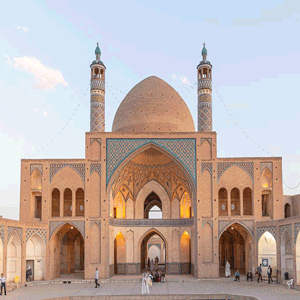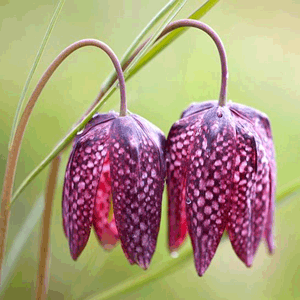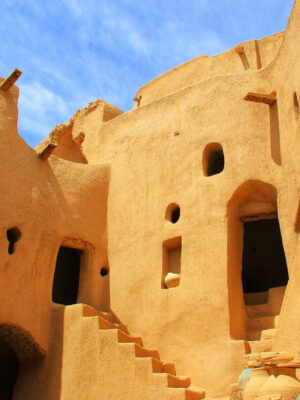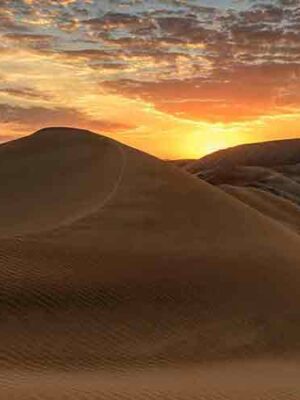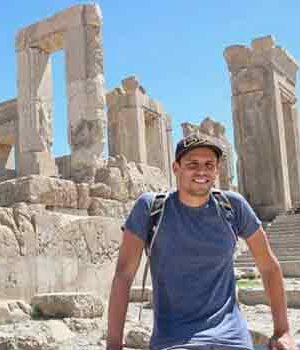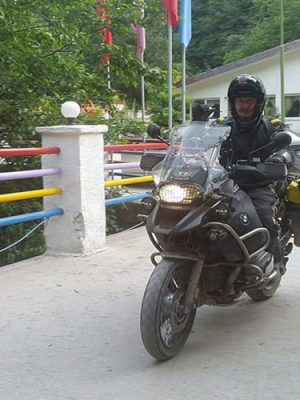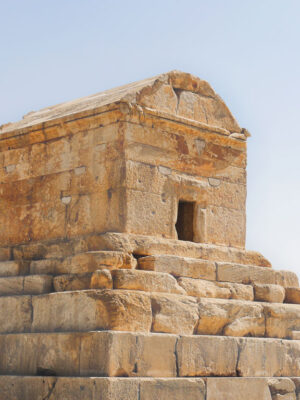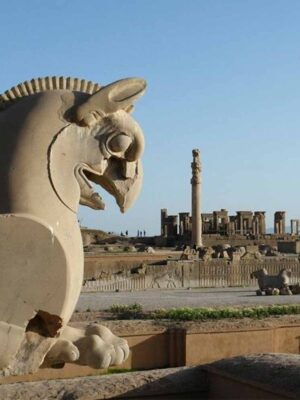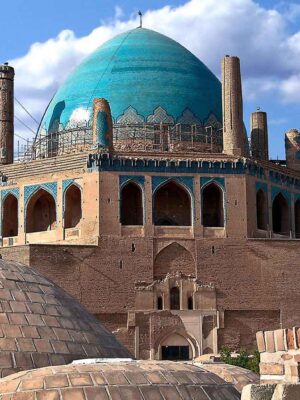Zayandeh Rud and its Bridges
Perhaps many people believe that Naqsh-e Jahan Square or Vank Cathedral are the main attractions in Isfahan, but we should not forget the Zayandeh Rud River (life-giving) which gives life to the city of Isfahan and its people!
In this article, we will discuss this life-giving river and the bridges built on it. Stay tuned to Pasargad Tours!
Specifications of Zayandeh Rud
Zayandeh Rud is the longest central river in Iran with a length of 400 km or 249 miles. This river originates from the Zagros Mountains and flows east in the central desert of Iran until finally, it discharges into the GavKhooni marsh.
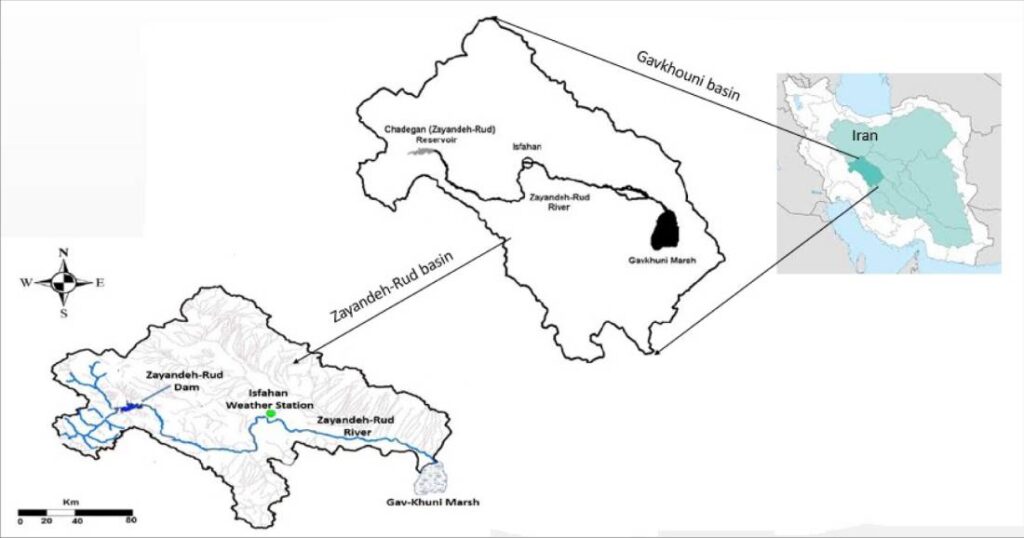
Headwater and the route of river
Zayandeh means life-giving and Rud means river so this river is called life-giving River and this is true! In 2011, this river was registered in the list of the natural heritage of Iran.
History
Zayandeh Rud River has been very important from the past to the present. It is located in arid regions with unstable climates. For this reason, in the past, a special division was prepared for this river. The last division of Zayandeh Rud is called the Sheikh Bahai scroll, based on the division of the river’s water by Sheikh Bahai on a scroll.
The Zayandeh Rud River was divided according to this scroll from 75 days after Norouz for 160 days. The water from the river was free during the cold seasons of the year because there was no need for irrigation at those times of the year. One of the most significant features of this scroll is that it refers to all villages, farms, gardens and, neighborhoods.
Also in the past, five large branches were separated from the Zayandeh Rud River to irrigate Isfahan’s gardens. Those in the Isfahani dialect were called “Madi.”
Headwater
Zayandeh Rud has several sources, these river branches join at one point and form the main river. But the main source is in Chaharmahal Bakhtiari province in a region called Koohrang. Zayandeh Rud eventually flows into Gavkhouni Marsh, 140 km away from Isfahan. Around this marsh, there are attractive important historical sites such as Qurtan citadel, Abbasi caravanserai and, Varzaneh historical mosque.
Zayandeh Rud Bridges
11 bridges have been built on this beautiful river, some of which we will introduce to you!
Shahrestan Bridge
Shahrestan Bridge is the oldest bridge built on the Zayandeh Rud River. It dates back to the Sassanid period (7th c. A.D), and was registered in the national heritage of Iran.
This bridge is about 105 meters long 5 meters wide, it has had military uses in the past. In terms of architecture and antiquity, it can be compared to Dezful Bridge and Shushtar Bridge.
Si-o-se Pol
Si-o-se-pol means 33 and because of the existence of 33 arches in this bridge, it is called Si-o-se-Pol Bridge. It is the most important bridge of Zayandeh Rud and a masterpiece remaining from the reign of Shah Abbas I Safavid. Si-o-se-pol was built under the supervision of the famous commander of Shah Abbas, Allah Verdi Khan. For this reason, it is also known as Allah Verdi Khan Bridge. It has a length of 300 meters and a width of 14 meters is the longest bridge on Zayandeh Rud.
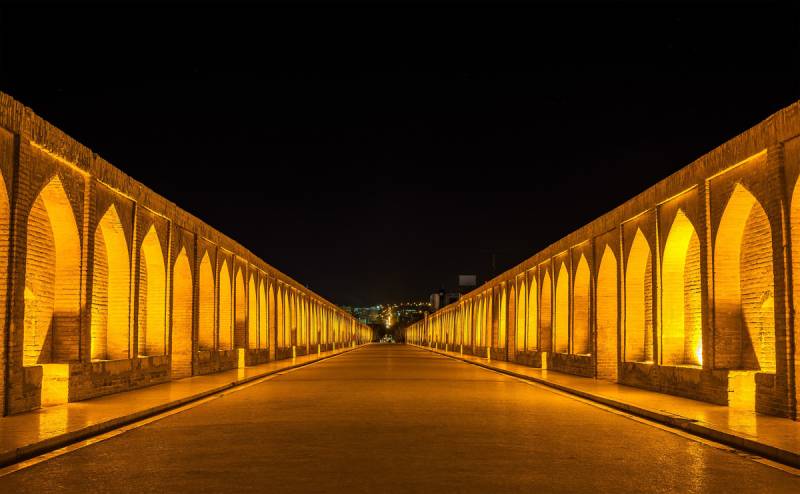
Do not miss visiting bridge at night!
In the past, this bridge was the gathering place of the king, elders, poets, men and, others in the celebration of Abpashan (July 4, every year); a celebration in which people sprinkled water on each other.
Si-o-se-pol has a promenade for walking along both banks. The promenade at the bottom of the bridge is a roofed passage that is created between the central piers of the bridge and a short distance from the riverbed. Stone, brick, mortar, and plaster are among the materials used in the construction of this bridge.
Marnan Bridge
Marnan Bridge is located in the west of Isfahan, also known as Sarfaraz Bridge. It is said that during the reign of Shah Suleiman the Safavid, one of the richest Armenians built this bridge. He was given the title of Sarfaraz. Of course, according to historical evidence, the bridge dates back to before the Safavid era and it is likely that rich Armenian repaired the bridge.
Khaju Bridge
Khaju Bridge, which was considered one of the most beautiful bridges in the world, was built by order of Shah Abbas II; Of course, archaeologists believe that the Khaju Bridge was built on the remains of an older bridge. This bridge has a length of 133 meters and a width of 12 meters, along with many decorations and tiles, is one of the most prominent sights of Isfahan.
Between each of the east and west sides of the Khaju Bridge, a pavilion has been erected that includes several rooms decorated with paintings. This building, which is called Shahneshin, was the place of nobles who came to this place to watch swimming and boating competitions.
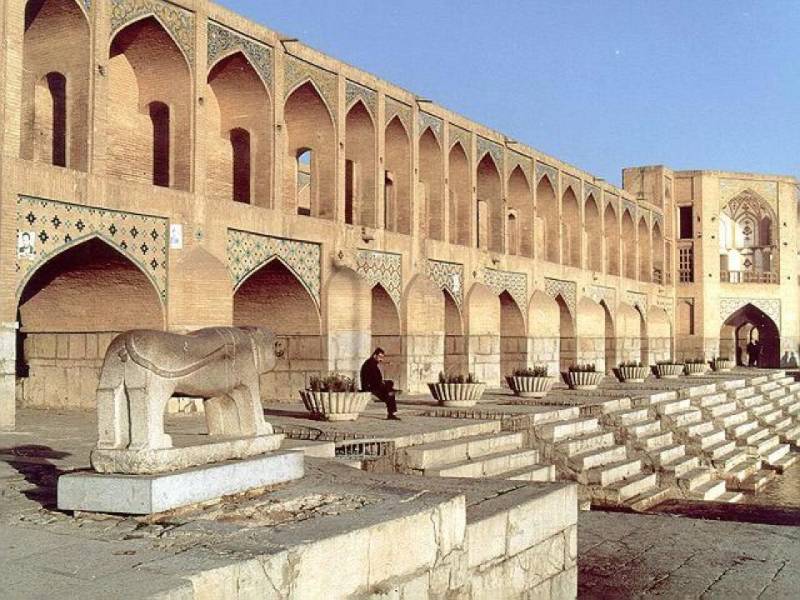
Khaju bridge on Zayandeh Rud
In the eastern corners of Khaju Bridge, two stone lions can be seen that symbolize the Bakhtiari troops and the guardians of Isfahan in the Safavid era.
Attractive lighting at night and watching the reflection of the bridge in the water of Zayandeh Rud are some of the memories that you will never forget!
What travelers have said about Zayandeh Rud
Pietro Della Valle, a Venetian traveler who traveled to Iran in 1617, described Si-o-Se-pol:
“There is a bridge over this river, which is made entirely of brick and is wider than all the bridges in Rome, and its length is at least three to four times that of those bridges. The architecture of this bridge is done in a strange way and on both sides of it there are arches that people pass under and above it. What catches their eye the most are the corridors of the bridge, which are almost level, and the whisper of water on the ground floor of the bridge is very pleasant, especially in hot summers.”
Tavernier is a French traveler, traveled to Isfahan during the reign of Shah Safi (1629-1642). He wrote about Zayandeh Rud:
“This river, like most rivers in Iran, is not navigable, but it is a great help for Isfahan. Shah Abbas wanted to connect Zayandeh Rud and Karun, but his life was not fulfilled. Also his successors did not follow his plan. This required the industry and science of European engineers. If this great dream had taken place, the lands of Isfahan would have become the most prosperous and fertile parts of the earth. But now that river passes in vain through dry lands, grass, and salt fields”
What is the best time to visit this bridge?
The best time to visit Iran is in spring and fall. When traveling to Iran, you will definitely go to Isfahan. Do not forget to see the beautiful bridges of Isfahan during the day and the night with its beautiful lighting.
Contact Pasargad for more information about the tours!
Zayandeh Rud and its Bridges
Perhaps many people believe that Naqsh-e Jahan Square or Vank Cathedral are the main attractions in Isfahan, but we should not forget the Zayandeh Rud River (life-giving) which gives life to the city of Isfahan and its people!
In this article, we will discuss this life-giving river and the bridges built on it. Stay tuned to Pasargad Tours!
Specifications of Zayandeh Rud
Zayandeh Rud is the longest central river in Iran with a length of 400 km or 249 miles. This river originates from the Zagros Mountains and flows east in the central desert of Iran until finally, it discharges into the GavKhooni marsh.

Headwater and the route of river
Zayandeh means life-giving and Rud means river so this river is called life-giving River and this is true! In 2011, this river was registered in the list of the natural heritage of Iran.
History
Zayandeh Rud River has been very important from the past to the present. It is located in arid regions with unstable climates. For this reason, in the past, a special division was prepared for this river. The last division of Zayandeh Rud is called the Sheikh Bahai scroll, based on the division of the river’s water by Sheikh Bahai on a scroll.
The Zayandeh Rud River was divided according to this scroll from 75 days after Norouz for 160 days. The water from the river was free during the cold seasons of the year because there was no need for irrigation at those times of the year. One of the most significant features of this scroll is that it refers to all villages, farms, gardens and, neighborhoods.
Also in the past, five large branches were separated from the Zayandeh Rud River to irrigate Isfahan’s gardens. Those in the Isfahani dialect were called “Madi.”
Headwater
Zayandeh Rud has several sources, these river branches join at one point and form the main river. But the main source is in Chaharmahal Bakhtiari province in a region called Koohrang. Zayandeh Rud eventually flows into Gavkhouni Marsh, 140 km away from Isfahan. Around this marsh, there are attractive important historical sites such as Qurtan citadel, Abbasi caravanserai and, Varzaneh historical mosque.
Zayandeh Rud Bridges
11 bridges have been built on this beautiful river, some of which we will introduce to you!
Shahrestan Bridge
Shahrestan Bridge is the oldest bridge built on the Zayandeh Rud River. It dates back to the Sassanid period (7th c. A.D), and was registered in the national heritage of Iran.
This bridge is about 105 meters long 5 meters wide, it has had military uses in the past. In terms of architecture and antiquity, it can be compared to Dezful Bridge and Shushtar Bridge.
Si-o-se Pol
Si-o-se-pol means 33 and because of the existence of 33 arches in this bridge, it is called Si-o-se-Pol Bridge. It is the most important bridge of Zayandeh Rud and a masterpiece remaining from the reign of Shah Abbas I Safavid. Si-o-se-pol was built under the supervision of the famous commander of Shah Abbas, Allah Verdi Khan. For this reason, it is also known as Allah Verdi Khan Bridge. It has a length of 300 meters and a width of 14 meters is the longest bridge on Zayandeh Rud.

Do not miss visiting bridge at night!
In the past, this bridge was the gathering place of the king, elders, poets, men and, others in the celebration of Abpashan (July 4, every year); a celebration in which people sprinkled water on each other.
Si-o-se-pol has a promenade for walking along both banks. The promenade at the bottom of the bridge is a roofed passage that is created between the central piers of the bridge and a short distance from the riverbed. Stone, brick, mortar, and plaster are among the materials used in the construction of this bridge.
Marnan Bridge
Marnan Bridge is located in the west of Isfahan, also known as Sarfaraz Bridge. It is said that during the reign of Shah Suleiman the Safavid, one of the richest Armenians built this bridge. He was given the title of Sarfaraz. Of course, according to historical evidence, the bridge dates back to before the Safavid era and it is likely that rich Armenian repaired the bridge.
Khaju Bridge
Khaju Bridge, which was considered one of the most beautiful bridges in the world, was built by order of Shah Abbas II; Of course, archaeologists believe that the Khaju Bridge was built on the remains of an older bridge. This bridge has a length of 133 meters and a width of 12 meters, along with many decorations and tiles, is one of the most prominent sights of Isfahan.
Between each of the east and west sides of the Khaju Bridge, a pavilion has been erected that includes several rooms decorated with paintings. This building, which is called Shahneshin, was the place of nobles who came to this place to watch swimming and boating competitions.

Khaju bridge on Zayandeh Rud
In the eastern corners of Khaju Bridge, two stone lions can be seen that symbolize the Bakhtiari troops and the guardians of Isfahan in the Safavid era.
Attractive lighting at night and watching the reflection of the bridge in the water of Zayandeh Rud are some of the memories that you will never forget!
What travelers have said about Zayandeh Rud
Pietro Della Valle, a Venetian traveler who traveled to Iran in 1617, described Si-o-Se-pol:
“There is a bridge over this river, which is made entirely of brick and is wider than all the bridges in Rome, and its length is at least three to four times that of those bridges. The architecture of this bridge is done in a strange way and on both sides of it there are arches that people pass under and above it. What catches their eye the most are the corridors of the bridge, which are almost level, and the whisper of water on the ground floor of the bridge is very pleasant, especially in hot summers.”
Tavernier is a French traveler, traveled to Isfahan during the reign of Shah Safi (1629-1642). He wrote about Zayandeh Rud:
“This river, like most rivers in Iran, is not navigable, but it is a great help for Isfahan. Shah Abbas wanted to connect Zayandeh Rud and Karun, but his life was not fulfilled. Also his successors did not follow his plan. This required the industry and science of European engineers. If this great dream had taken place, the lands of Isfahan would have become the most prosperous and fertile parts of the earth. But now that river passes in vain through dry lands, grass, and salt fields”
What is the best time to visit this bridge?
The best time to visit Iran is in spring and fall. When traveling to Iran, you will definitely go to Isfahan. Do not forget to see the beautiful bridges of Isfahan during the day and the night with its beautiful lighting.
Contact Pasargad for more information about the tours!






